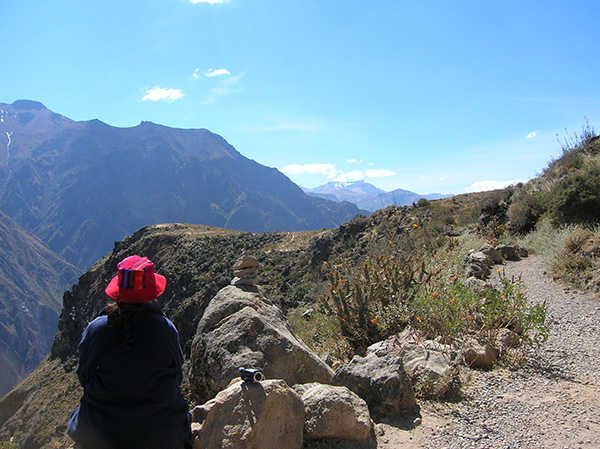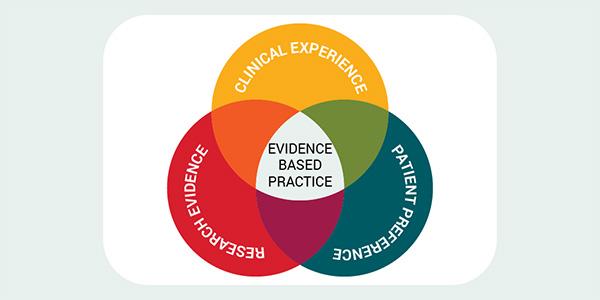Let’s discover the seven-step process that will help you change your life. After you’ll be through, the next question will be: Will you do it all alone or, like to leaders, you will find it more effective to accept to be supported in the process?
As promised, I am taking you behind the scenes of my work allowing you to change your life, increase your resilience, enter into a lasting transformation and achieve the balance and happiness you deserve. It is fundamental that this process be totally personalized according to the stage you are going through, your emotional state, the possible resurgence of negative experiences from the past, the sometimes harmful influence of your close environment and other factors as well. I am sharing a rational process in distinct and incremental phases, and which be at its best if it is duly adapted to your personal situation.
Step 1: Diagnose the phase of your personal change with the Evolution Loops
This tool, which you can find in my book ‘Coaching Excellence’ (Lid Publishing, London) and on YouTube, allows you to diagnose where you are in the facet of your life that challenges you today. It also indicates the coaching or mentoring approach to you currently need.
Step 2: Clearing the emotional ground
It is fundamental to listen to your emotions, provided you track the intrinsic emotion, i.e. the one that is actually expressed and that may be hidden under another emotion. I am referring to our education and to all those beliefs that make us hide our authentic emotions. Once I’ve spotted them, I start digging. If the expression of the emotion or the mood is too deeply anchored, I humbly admit that it is outside my professional field and that the client should first consult a psychotherapist. If it is manageable, we move on. I’ll just take one example to illustrate: a person who has suffered an injustice feels resentment or anger that remains visible by other people they meet. Before building new action plans, it is therefore necessary to transform it into positive energy – you can never erect a building on a polluted ground, isn’t it?
Step 3: Adopt the winning mindset
The state of mind remains the basis of all (re)construction. It is based on three elements: posture, language and intention/attention/focus. Exploring these three elements allows you to adopt the winning mindset that supports and boosts change.
Step 4: Align
As explained in previous articles, we will go faster and further if we align our path with a well-defined course, a well-defined vision, when your identity is clarified, when your values are respected and your beliefs are supported. Sustainable and ecological change, which respects a person’s environment, depends on it.
Step 5: Establish a strategy, set priorities
We all need a stable base; it comforts us and makes us powerful. It can be found in your private life – a family that surrounds you with love and esteem, a friend or friends who are present and positive, a philosophy or religion that provides guidance, a solidified self, a warm home that brings you together, a hobby that is a passion, etc. Once the stable base has been confirmed, consolidated and developed, you can roll up your sleeves and establish the stages of change you want to see.
Commented Coaching Cases – the third edition contains the Evolution Loops. It is available from June 2020. On YouTube, you will find the Evolution Loops in ICF Synergie
Step 6: Entering the positive spiral
Let’s go step by step, having thoroughly checked their respective technical and moral feasibility. In doing so, you enter a positive spiral that will give you courage and improve your self-confidence: you take a first step and see that it works. This strengthens you to take a second step. You’re standing up. Your entourage sees it and encourages you. You feel your energy level increasing as well as your self-confidence and esteem. And so on and so forth.
Step 7: Look in the mirror and organize sustainability
Looking only ahead can be tedious and cumbersome. The road ahead can still be long. On the other hand, taking a break and seeing the progress you’ve made gives you a sense of satisfaction. And this is where the belief that ‘everything has to be perfect’ has to be tamed in order to be able to congratulate yourselves on the first steps forward. Then, consolidate what you have achieved and accept your new self, the one that can enchant – or disturb – those around you. It is at this moment, above all, that support is needed not feel isolated or discouraged when everything does not work as quickly as you had hoped.
Precisely, are you going to walk this path alone?
This path is beautiful but it shakes: our deepest convictions, our personal image, our surroundings, our identity, the meaning we give to our life. I see that effective leaders have chosen to be supported; they have understood that the investment – time, energy, budget – generates a rapid and lasting return. Time is worth money; energy even more so.
All of my clients are amazed by the speed of the process. They expected it to be long and cumbersome; it’s just the opposite. Already in a first coaching session, face-to-face or via Zoom, they notice the first changes in their mindset. But – because there is a but – this one is not consolidated and can easily fall back. Calling on a coach means “giving yourself an appointment with yourself, engaging in a phased process that allows you to find yourself in front of the mirror of yourself, with kindness, compassion, and encouraging you in all circumstances and be proud of yourself even before you are”, as a client in charge of IT recently confided to me. He had understood everything.
What about you?
Sylviane Cannio





